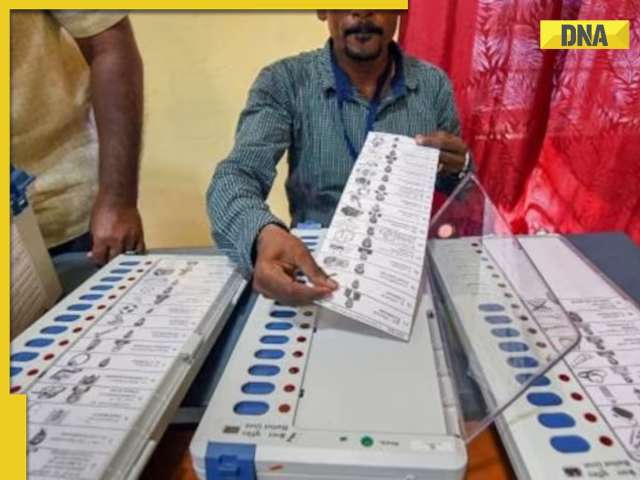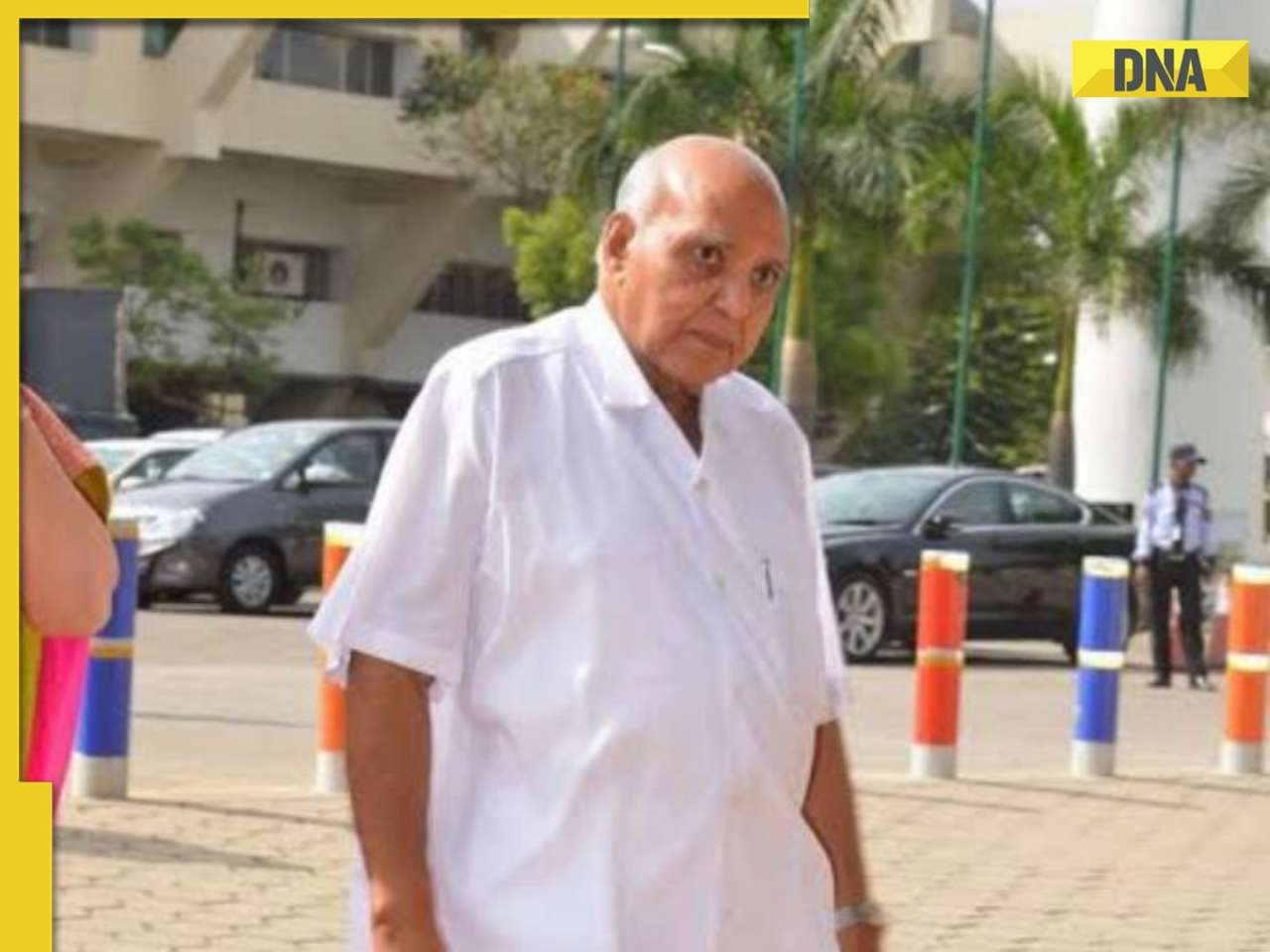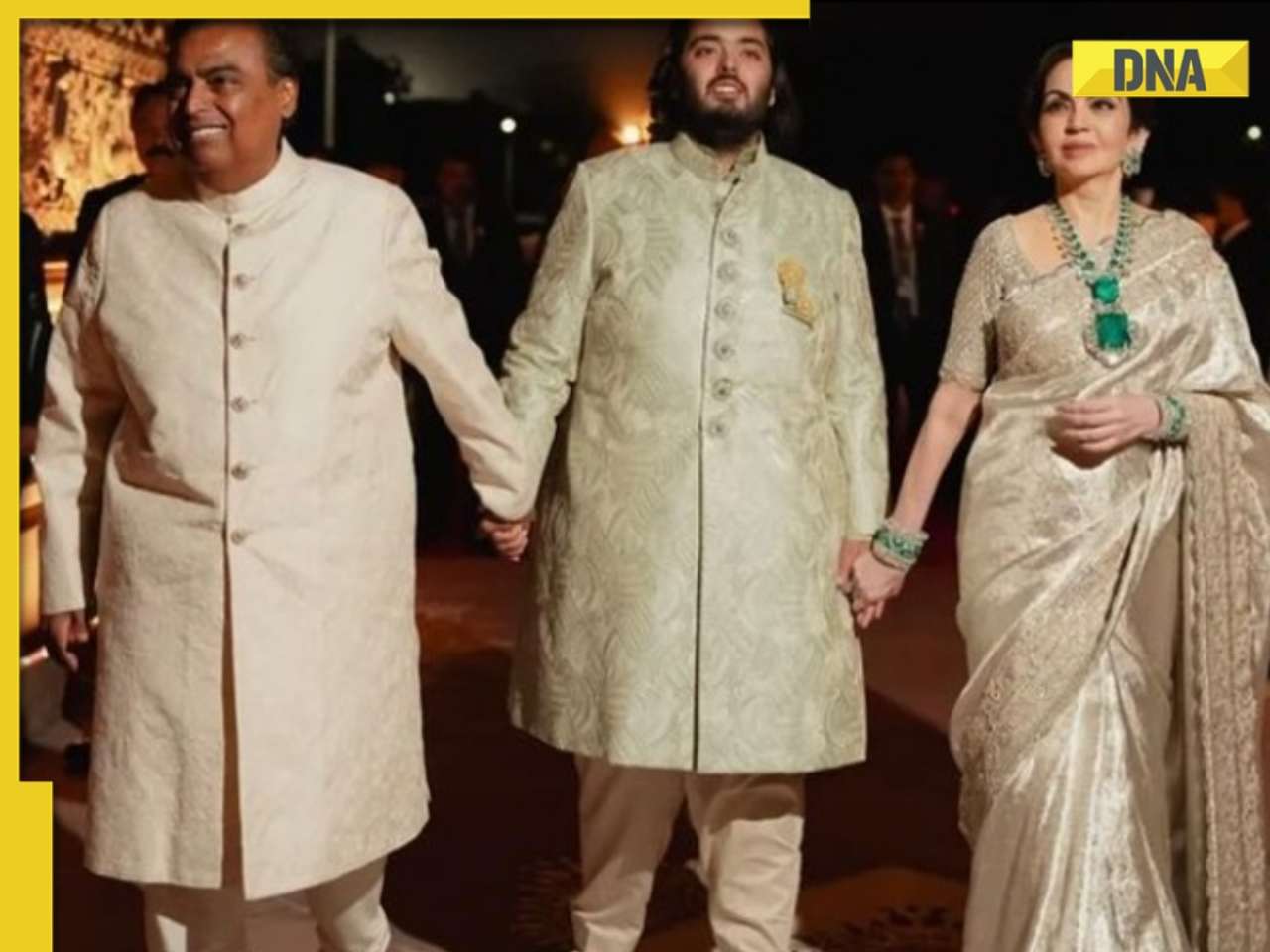History tells us whilst others used demonetization as a tool to give instant result, PM Modi used it after slew of initiatives
The advent of currency dates back to the Indus Valley civilisation. Kingdoms issued royal seals, coins made of gold, silver and copper that kept changing with rulers and dynasties, until 14th century, when under Muhammad bin Tughlaq, Tankas – copper and brass coins to replace gold and silver coins, were introduced. Though they were in short supply. His experiment failed with counterfeits flooding the market, thereby making way for minted coins having a unique seal. In 1735, Nadir Shah devalued currency that led to a surge in inflation, and withdrawing his decision subsequently.
Though fast forwarding to 1923, Dr B R Ambedkar, through his book ‘Problems of Indian Rupee’, recommended changing currency every 10 years to curb inflation and black money. Following the suit, India’s first demonetization move in 1946 met with a little success with only 6.3% of high value currency notes being exchanged.
Later in 1978, an Independent India announced withdrawing 1000, 5000 and 10,000 rupee notes. This, to curtail hoarding of food items, prices of which were soaring on account of black money. However, the scheme failed as Rs 130 crore of high-value banned currency still existed in the economy. Most of this didn’t come back in the system.
Not just this, there have been a series of such moves world-over. In 1982, Ghana stopped 50 cedis notes, which made black economy to flourish. It wasn’t long before Nigeria also banned usage of old notes in 1984, and its economy collapsed. In 1987, when Myanmar’s military government demonetized, the move backfired and people started hoarding foreign currencies losing faith in their economy. In 1991, Erstwhile Soviet Union withdrew large ruble, which turned counterproductive leading to slide in public confidence in government. In 1998, Russia again phased out high value tenders that went off smoothly. Australia issued polymer bank notes in 1996 to stop counterfeiting of paper notes. South Korea too demonetized in 2009 only to withdraw it later.
Most recently, Zimbabwe demonetized its currency as economy collapsed & inflation reached unprecedented heights in 2015, and June 2016 saw Saudi Arabia banning options and derivatives on riyal’s USD peg.
Just a fortnight back, Venezuela banned 100 bolivar and the country went in total chaos and looting. Further, Euro Zone would stop issuing the 500 Euro note post 2018 and will bring 100, 200 Euro banknotes. Australia has proposed to ban AUD 100 to fight black money.
History tells us whilst others used demonetization as a tool to give instant result, PM Modi used it after slew of initiatives. Jandhan bank accounts, direct bank payments for NREGA and subsidies, push on UPI, IMPS, digital wallets, NPCL, tax collection at source on cash transactions >2 lakh were some of them.
His timing after a good monsoon, cleansing of banks’ balance sheets and putting infra / manufacturing projects on fast track to negate short-term impact of note ban is impeccable may just turn him a winner in a game lost by others.
![submenu-img]() T20 World Cup 2024: Australia beat England by 36 runs, dent defending champions' Super8 chances
T20 World Cup 2024: Australia beat England by 36 runs, dent defending champions' Super8 chances![submenu-img]() Manoj Tyagi honoured with 'Bharat Gaurav Award' in France
Manoj Tyagi honoured with 'Bharat Gaurav Award' in France![submenu-img]() Farida Jalal reveals she was 'deeply hurt' by Yash Chopra, Karan Johar: 'People do shift loyalties but...'
Farida Jalal reveals she was 'deeply hurt' by Yash Chopra, Karan Johar: 'People do shift loyalties but...'![submenu-img]() 'Rohit, Virat ko apna dost samjho': Indian fans engage in funny banter with Shaheen Afridi ahead of IND vs PAK clash
'Rohit, Virat ko apna dost samjho': Indian fans engage in funny banter with Shaheen Afridi ahead of IND vs PAK clash![submenu-img]() T20 World Cup 2024: South Africa survive Netherlands scare to secure nail-biting victory in New York
T20 World Cup 2024: South Africa survive Netherlands scare to secure nail-biting victory in New York![submenu-img]() UPSC: What is the salary of IAS, IPS, IRS, IFS, IES officers? What facilities do they receive?
UPSC: What is the salary of IAS, IPS, IRS, IFS, IES officers? What facilities do they receive? ![submenu-img]() Meet man who failed IIT entrance exam, took tuitions for survival, then built Rs 9000 crore company, his net worth is..
Meet man who failed IIT entrance exam, took tuitions for survival, then built Rs 9000 crore company, his net worth is..![submenu-img]() Meet engineer who cracked UPSC in 1st try at 23 without coaching, became IAS, married to an IAS, she is India's most...
Meet engineer who cracked UPSC in 1st try at 23 without coaching, became IAS, married to an IAS, she is India's most...![submenu-img]() Meet woman, an engineer who cracked UPSC without coaching to become IPS officer, also a social media star, got AIR...
Meet woman, an engineer who cracked UPSC without coaching to become IPS officer, also a social media star, got AIR...![submenu-img]() Physics Wallah's Alakh Pandey breaks silence over controversial NEET scores, says 'need more...'
Physics Wallah's Alakh Pandey breaks silence over controversial NEET scores, says 'need more...'![submenu-img]() DNA Verified: Did Kangana Ranaut party with gangster Abu Salem? Actress reveals who's with her in viral photo
DNA Verified: Did Kangana Ranaut party with gangster Abu Salem? Actress reveals who's with her in viral photo![submenu-img]() DNA Verified: New Delhi Railway Station to be closed for 4 years? Know the truth here
DNA Verified: New Delhi Railway Station to be closed for 4 years? Know the truth here![submenu-img]() DNA Verified: Did RSS chief Mohan Bhagwat praise Congress during Lok Sabha Elections 2024? Know the truth here
DNA Verified: Did RSS chief Mohan Bhagwat praise Congress during Lok Sabha Elections 2024? Know the truth here![submenu-img]() DNA Verified: Is CAA an anti-Muslim law? Centre terms news report as 'misleading'
DNA Verified: Is CAA an anti-Muslim law? Centre terms news report as 'misleading'![submenu-img]() DNA Verified: Lok Sabha Elections 2024 to be held on April 19? Know truth behind viral message
DNA Verified: Lok Sabha Elections 2024 to be held on April 19? Know truth behind viral message![submenu-img]() In pics: Prabhas' robotic car Bujji from Kalki 2898 AD takes over Mumbai streets, fans call it 'India's Batmobile'
In pics: Prabhas' robotic car Bujji from Kalki 2898 AD takes over Mumbai streets, fans call it 'India's Batmobile'![submenu-img]() Streaming This Week: Bade Miyan Chote Miyan, Maidaan, Gullak season 4, latest OTT releases to binge-watch
Streaming This Week: Bade Miyan Chote Miyan, Maidaan, Gullak season 4, latest OTT releases to binge-watch![submenu-img]() Lok Sabha Elections 2024 Result: From Smriti Irani to Mehbooba Mufti, these politicians are trailing in their seats
Lok Sabha Elections 2024 Result: From Smriti Irani to Mehbooba Mufti, these politicians are trailing in their seats![submenu-img]() Lok Sabha Elections 2024: 6 states with highest number of seats
Lok Sabha Elections 2024: 6 states with highest number of seats![submenu-img]() Lok Sabha Election Results 2024: Key candidates to watch out for in South India
Lok Sabha Election Results 2024: Key candidates to watch out for in South India![submenu-img]() Lok Sabha Elections 2024: What are exit polls? When and how are they conducted?
Lok Sabha Elections 2024: What are exit polls? When and how are they conducted?![submenu-img]() DNA Explainer: Why was Iranian president Ebrahim Raisi seen as possible successor to Ayatollah Khamenei?
DNA Explainer: Why was Iranian president Ebrahim Raisi seen as possible successor to Ayatollah Khamenei?![submenu-img]() DNA Explainer: Why did deceased Iranian President Ebrahim Raisi wear black turban?
DNA Explainer: Why did deceased Iranian President Ebrahim Raisi wear black turban?![submenu-img]() Iran President Ebrahim Raisi's death: Will it impact gold, oil prices and stock markets?
Iran President Ebrahim Raisi's death: Will it impact gold, oil prices and stock markets?![submenu-img]() Haryana Political Crisis: Will 3 independent MLAs support withdrawal impact the present Nayab Saini led-BJP government?
Haryana Political Crisis: Will 3 independent MLAs support withdrawal impact the present Nayab Saini led-BJP government?![submenu-img]() Farida Jalal reveals she was 'deeply hurt' by Yash Chopra, Karan Johar: 'People do shift loyalties but...'
Farida Jalal reveals she was 'deeply hurt' by Yash Chopra, Karan Johar: 'People do shift loyalties but...'![submenu-img]() Amitabh Bachchan's family faced media ban, paps refused to click their pics post Abhishek-Aishwarya's wedding because...
Amitabh Bachchan's family faced media ban, paps refused to click their pics post Abhishek-Aishwarya's wedding because...![submenu-img]() Saif Ali Khan reveals why he was chosen over Shah Rukh Khan for National Award, clarifies if mom Sharmila Tagore...
Saif Ali Khan reveals why he was chosen over Shah Rukh Khan for National Award, clarifies if mom Sharmila Tagore...![submenu-img]() Ananya Panday reacts to dad Chunky Panday's selfie with Aditya Roy Kapur amid their breakup rumours
Ananya Panday reacts to dad Chunky Panday's selfie with Aditya Roy Kapur amid their breakup rumours![submenu-img]() Ekta Kapoor announces there will be no Broken But Beautiful Season 4 in Sidharth Shukla's memory, but...
Ekta Kapoor announces there will be no Broken But Beautiful Season 4 in Sidharth Shukla's memory, but...![submenu-img]() Viral video: Enormous python halts highway traffic as onlookers gather to watch
Viral video: Enormous python halts highway traffic as onlookers gather to watch![submenu-img]() Viral video: Pune man surfs on waterlogged roads, internet is stunned
Viral video: Pune man surfs on waterlogged roads, internet is stunned![submenu-img]() Viral video: YouTuber arrested for stunt involving fireworks fired at Lamborghini from helicopter, watch
Viral video: YouTuber arrested for stunt involving fireworks fired at Lamborghini from helicopter, watch![submenu-img]() Controversy surrounds China’s tallest waterfall over artificial water supply, details here
Controversy surrounds China’s tallest waterfall over artificial water supply, details here![submenu-img]() Viral video: Oblivious couple continues shooting reel as woman tumbles down stairs, watch
Viral video: Oblivious couple continues shooting reel as woman tumbles down stairs, watch








































)















)
)
)
)
)
)